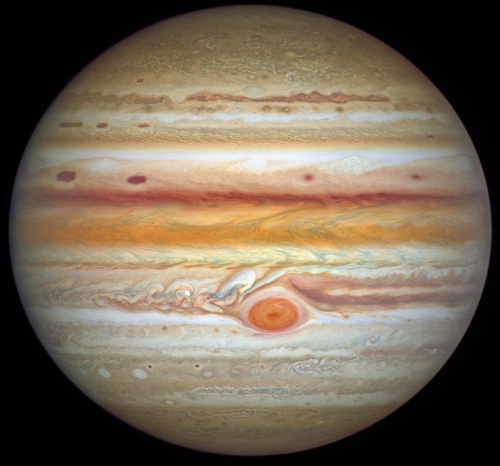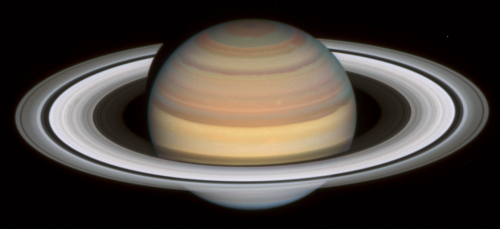History Unplugged – The Age of Discovery 2.0: Episode 6
Episode six of the six part series, The Age of Discovery 2.0, from the podcast, History Unplugged, is now available here.
On this episode Scott Rank interviews Ram Jakhu, an associate professor at McGill University and a researcher on international space law. From the show summary:
The British East India Company is perhaps the most powerful corporation in history. It was larger than several nations and acted as emperor of the Indian subcontinent, commanding a private army of 260,000 soldiers (twice the size of the British Army at the time). The East India Company controlled trade between Britain and India, China, and Persia, reaping enormous profits, flooding Europe with tea, cotton, and spices. Investors earned returns of 30 percent or more.
With SpaceX building reusable rockets and drawing up plans to colonize Mars, could we be seeing a new British East India Company for the 21st century? The idea isn’t that far-fetched. In the terms of service for its Starlink satellite internet, one clause reads the following: “For Services provided on Mars, or in transit to Mars via Starship or other colonization spacecraft, the parties recognize Mars as a free planet and that no Earth-based government has authority or sovereignty over Martian activities. Accordingly, Disputes will be settled through self-governing principles, established in good faith, at the time of Martian settlement.”
Episode six of the six part series, The Age of Discovery 2.0, from the podcast, History Unplugged, is now available here.
On this episode Scott Rank interviews Ram Jakhu, an associate professor at McGill University and a researcher on international space law. From the show summary:
The British East India Company is perhaps the most powerful corporation in history. It was larger than several nations and acted as emperor of the Indian subcontinent, commanding a private army of 260,000 soldiers (twice the size of the British Army at the time). The East India Company controlled trade between Britain and India, China, and Persia, reaping enormous profits, flooding Europe with tea, cotton, and spices. Investors earned returns of 30 percent or more.
With SpaceX building reusable rockets and drawing up plans to colonize Mars, could we be seeing a new British East India Company for the 21st century? The idea isn’t that far-fetched. In the terms of service for its Starlink satellite internet, one clause reads the following: “For Services provided on Mars, or in transit to Mars via Starship or other colonization spacecraft, the parties recognize Mars as a free planet and that no Earth-based government has authority or sovereignty over Martian activities. Accordingly, Disputes will be settled through self-governing principles, established in good faith, at the time of Martian settlement.”










